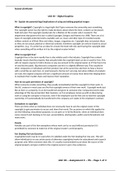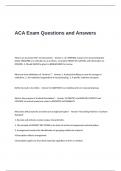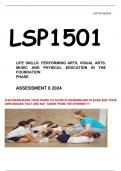Unit 30 – Digital Graphics
P6 - Explain the potential legal implications of using and editing graphical images
What is copyright?: Copyright is a legal right that’ll give someone the ownership over something.
The copyright owner has the right to make decisions about where the item, content can be placed,
held and used. This copyright usually lasts for a lifetime of the creator who’s created it. The
department that governs this law is called Copyright, Designs and Patents Act 1988. There are a lot
types of copyright protected works available such as: music and other type of recorded sounds,
written content or all kind, films and video, images, magazines etc. Copyright does not protect ideas
as they are not actual, physical or electrical contents, therefore copyright can only be issued to actual
properties. (e.g.: if a writer has an idea for a book, the book will only start having the copyright label
when something will be written in it by the original creator/writer)
What is copyright free?
Copyright free or the term royalty free is also widely used in the industry. Copyright free content
basically means that the property that actually holds the copyright label can be re-used for free. This
will not require anyone to hold a license or pay any amount to the original owner as it’ll be free to be
re-used by the public. Big electronic companies use this in a slightly different way. They usually let
other companies or individuals sell their product, but at the same time ask them to have a licence
with a small fee on each item. In small amounts, the fee isn’t very big, but when millions of products
are sold, the original company will earn a significant amount of money from these fees helping them
to maintain their market share and improve their reputation.
How do you gain permission of copyright?
When someone creates something, they usually immediately hold the copyright for their work. In
the UK, creators in most cases are the first copyright owners of their own work. Copyright works just
like an item or a property, it can be transferred and given to someone else. Companies tend to take
advantage of this law and protect their business, so if an employee comes up with an idea during
work or using the company’s resources, even if the employee was the first one to hold the copyright
ownership, it’ll automatically be transferred to the company as it states in the employee’s contract.
Exemptions to copyright:
There are times when an individual does not necessarily have to ask the original owner of the
copyright to gain permission to access and share their work. The occasions on which this applies for
are the following: educational purposes, to use parts or in full by libraries, when an individual does
some research and studying on his own, presentations, photographs, public events/broadcasts and
many more.
Parody
Parodies are part of the few exemptions where work can be re-used without permission (it’s
permitted) by someone to make fun of the original creator’s work/property.
Fair Dealing/Fair Use Doctrine
Copyrighted work may be re-used when it’s labelled under the Fair Dealing/Fair Use acts. This will
allow individuals to re-use certain parts of otherwise copyrighted works for educational and research
purposes only. When someone does this, it’s usually recommended to put down the source of the
original property and give credits to the original owners in just a few sentences.
Unit 30 – Assignment 3 – P6 – Page 1 of 2











